The Prime Ministers of IndiaThe Prime Minister of India is the leader or head of the union executive of the Govt. of India that comprises the president, vice-president and a council of ministers. He also acts as a chief adviser to the president of India. The prime minister of India is appointed by the president of India. The member appointed as a prime minister belongs to the political party that has a majority in the Lok Sabha. Besides this, he can be a member of the house of the Parliament of India, which can be the Lok Sabha (house of the people) or the Rajya Sabha (council of the states). India became a free country in 1947 since then it is progressing rapidly and continuously under the guidance and leadership of dynamic Prime Ministers of India. From the first prime minster 'Jawaharlal Nehru' to the present prime minister 'Narendra Modi' as of 2020, each has played an important role and contributed a lot in the growth of India. The list of prime ministers of India in the chronological order:
1) Jawaharlal Nehru: 15 August 1947 to 27 May 1964 (16 years, 286 days)Jawaharlal Nehru was the first prime minister of India after India became a free country. He belonged to the Indian National Congress party, which is the oldest or first national party of India. He was appointed by Lord Mountbatten. He was born on 14 November 1889 in Allahabad, India. He completed his early education at home later at the age of fifteen he went to England for further education. Nehru was one of the eminent leaders that played an important role in India's freedom struggle and led several marches against British rule and was also imprisoned many times. 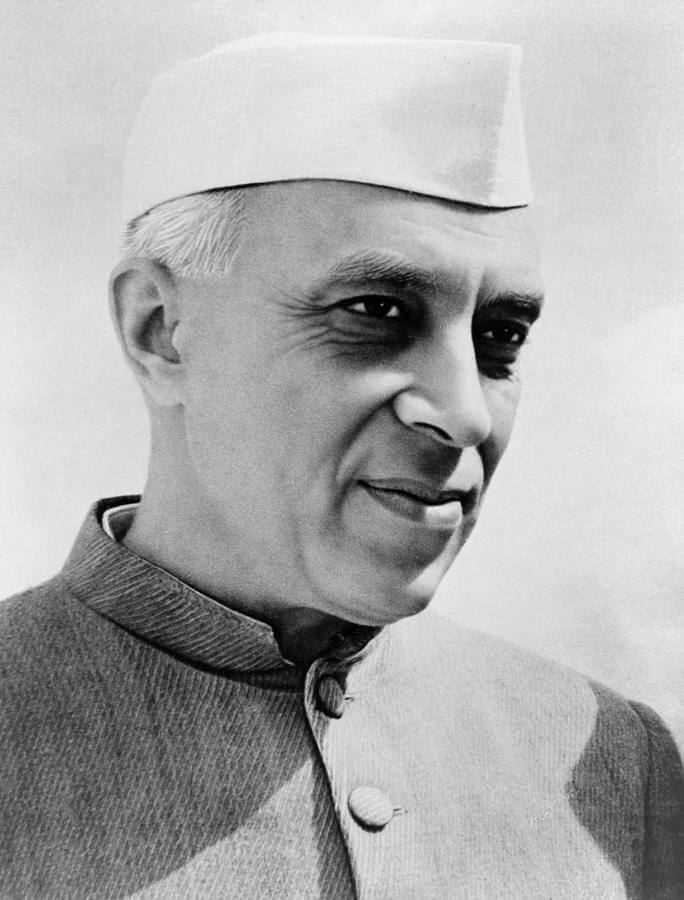
He served four consecutive terms of five years each, however, the fourth term was not complete that lasted until his demise in 1964. He died at his office due to a heart attack. As of now (2020), he is the longest-serving PM of India who served as prime minister of India for a total of 16 years and 286 days. His first term or tenure lasted from 15 August 1947 to 15 April 1952; the second term lasted from 15 April to 1952 to 17 April 1957; the third term lasted from 17 April 1957 to 2 April 1962. He was not able to complete the fourth term that lasted from 2 April 1962 to 27 May 1964. He was popularly known as 'Chacha Nehru' and his birthday is celebrated as Children's Day in India because of his affection for children. He was also known as 'Pandit Nehru' as he belonged to the community of Kashmiri Pandits. Nehru was also a good writer. He wrote many famous books such as 'The Discovery of India', Glimpses of World History and his autobiography. The letters that he wrote to his daughter Indira Gandhi were also published as a book titled 'Letters from a Father to His Daughter.' 2) Gulzarilal NandaGulzarilal Nanda was the acting prime minister of India. He was born on 4 July 1898 and was a politician, economist and an expert of labour issues. He joined the Non-Cooperation Movement in 1921 when he was an Economics Professor in Bombay. He was also imprisoned during Satyagraha in 1932. 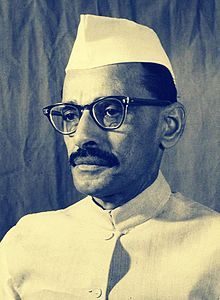
He became the stop-gap PM twice after the demise of Jawaharlal Nehru in 1964 and demise of Lal Bahadur in 1966. So, he was the first acting prime minister of India. He had no political base so he was elected uninterrupted as there was no threat to any political party. His first tenure lasted from 27 May 1964 to 09 June 1964 (13 days). He received the Bharat Ratna (highest civilian award in India) in 1997. 3) Lal Bahadur Shastri: 09 June 1964 to 11 January 1966 (1 Year 216 days)Lal Bahadur Shastri was the second prime minister of India. His tenure was from 09 June 1964 to 11 January 1966 (1 Year 216 days). He was born on 2 October 1904 in Varanasi, Uttar Pradesh. He was given the 'Shastri' title as a mark of scholarly success in Kashi Vidyapeeth University. 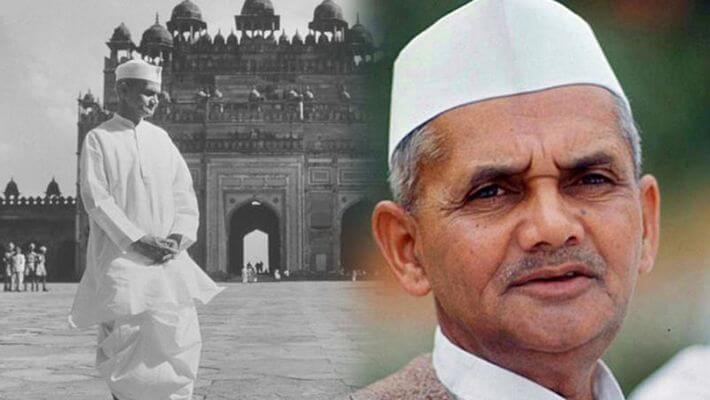
He led the nation during the war with Pakistan in 1965 and gave the slogan' Jai Jawan Jai Kisan'. He also signed the Tashkent Declaration (peace treaty) on 10 January 1966 with Muhammad Ayub Khan of Pakistan to end this war. Unfortunately, he died the next day on 11 January 1966 in Tashkent, Uzbekistan (the Soviet Union in that time). In childhood, he was not able to pay for the boat ride to go to school. So, he used to swim the sacred river Ganges twice in a day to go to his school tiding his books on the top of his head. Besides this, Lal Bahadur Shastri supported and promoted green revolution in India in 1965 to make the country self-sufficient in producing the food grains. He also led the white revolution in India to increase milk production. He created the National Dairy Development Board and also supported the Amul milk co-operative of Anand, Gujarat. Shastri also raised voice against caste and dowry system. 4) Gulzarilal NandaGulzarilal Nanda was elected again as acting prime minister after the demise of Lal Bahadur Shastri. He served as acting prime minister second time from 11 January 1966 to 24 January 1966 (13 days). 5) Indira Gandhi: 24 January 1966 to 24 March 1977Indira Gandhi, who served as the third PM of India, was the first as well as the only female Prime Minister of India as of now (2020). She is the daughter of Jawaharlal Nehru, the first prime minister of India. Furthermore, she is the second longest-serving prime minister of India, who served for three consecutive years; first term (24 January 1966 to 4 March 1967), second term (4 March 1967 to 15 March 1971), third term (15 March 1971 to 24 March 1977). Thereafter, she again became prime minister one more time on 14 January 1980. 
She was popularly known as 'the Iron Lady of India' due to her leadership qualities, decision-making abilities, and uncompromising politics. She supported the independence movement in East Pakistan and allowed war with Pakistan that resulted in the creation of Bangladesh after India defeated Pakistan. Indira Gandhi also implemented a state of emergency in India from 1975 to 1977 in which the press was censored and basic civil liberties were restricted. During her final term as a prime minister, she ordered a military action named 'Operation Blue Star' in the Sikh community's sacred place Golden Temple that was taken over by Sikh extremists. It caused an uprising within the Sikh community and as a result of this, she was assassinated on 31 October 1984 outside her home by her trusted bodyguards. In 1972, Indira Gandhi was awarded Bharat Ratna. In 1999, she was named 'woman of the millennium' in an online poll conducted by the BBC. 6) MorarJi Desai: 24 March 1977 to 28 July 1979 (2 years 126 days)Morarji Desai served as the 4th prime minister of India. He was born on 29 February 1986 in Bhadeli village at present located in the Bulsar district of Gujarat. He was the first non-Congress prime minister of India. Besides this, he became prime minister at the age of 84 that makes him the oldest person to become the prime minister in India. His tenure lasted from 24 March 1977 to 28 July 1979 (2 years and 126 days). 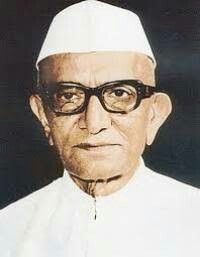
Morarji Desai actively participated in the freedom struggle and was imprisoned many times. He was also arrested on 26 June 1975 during the emergency in India and released on 18 January 1977. Thereafter, he worked hard for the campaigning of Janata Party for the General Elections of March 1977 for the 6th Lok Sabha and enabled the Janta Party won this election and was elected as PM. 7) Charan Singh: 28 July 1979 to 14 January 1980 (170 days)Charan Singh served as the 5th prime minister of India from 28 July 1979 to 14 January 1980. He was born on 23 December 1902 in District Hapur, Uttar Pradesh. 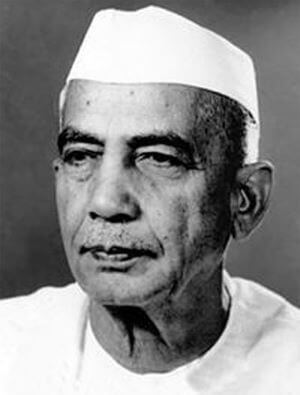
He entered politics in 1937 when he was elected to the U.P. Legislative Assembly from Chhaprauli. He served Uttar Pradesh in various capacities and was known for his expressiveness and courage of conviction. For example, in 1952 he became the Revenue Minister of Uttar Pradesh and played a vital role in the land reforms in U.P. Besides this as a chief minister of Uttar Pradesh he supported the Land Holding Act 1960 that was for lowering the ceiling on land holdings so that it could be made uniform across the state. He was also popularly known as 'champion of India's peasants'. He was fond of reading and writing. He authored many books including 'Abolition of Zamindari', India's Poverty and its Solution', and 'Prevention of Division of Holdings below a Certain Minimum'. 8) Indira Gandhi: 14 January 1980 to 31 October 1984 (4 years 291 days)Indira Gandhi became the 6th prime minister of India in 1980. This tenure of her lasted from 14 January 1980 to 31 October 1984. 9) Rajiv Gandhi: 31 October 1984 to 31 December 1984 to 2 December 1989 (5 years and 32 days)Rajiv Gandhi was one of the famous Indian politicians who served as the 7th prime minister of India. He was born on 20 August 1944 and is the youngest prime minister of India as he was 40 when he became the prime minister and served from 31 October 1984 to 31 December 1984 to 2 December 1989 (5 years and 32 days). 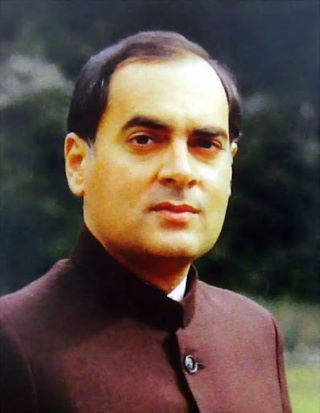
Rajiv Gandhi was the son of preceding PM Indira Gandhi. He took office on the same day when his mother Indira Gandhi was killed. Rajiv Gandhi was also worked as a pilot in Indian Airlines. During his tenure, there were many controversies such as Bhopal gas tragedy, Bofors scandal, etc. The Bofors scandal affected his corruption-free image and his party was defeated in the 1989 election. However, he served as Congress President until 1991 election. His efforts to reverse the coup in the Maldives in 1988 annoyed the Tamil militants, PLOTE and LTTE. For example, when he sent troops to Sri Lanka to make peace in 1987, the Liberation Tigers of Tamil Eelam (LTTE) got agitated. Like her mother, at the age of 46, he was also assassinated by a LTTE suicide bomber in 1991 in Sriperumbudur, Tamil Nadu while campaigning for his party. He also contributed to the development of the country. In 1986, he introduced a National Policy on Education to spread higher education programs throughout the country. He established the Jawahar Navodaya Vidyalaya System in 1986 to provide free education from 6th to 12 class in the rural areas of the country. MTNL was established in 1986 with the support of Rajiv Gandhi and public call offices (PCOs) were opened to spread telephones in rural areas. He was awarded the Bharat Ratna posthumously. 10) Vishwanath Pratap Singh: 2 December 1989 to 10 November 1990 (343 days)Vishwanath Pratap Singh (V.P. Singh) was the 8th prime minister of India whose tenure lasted from 2 December 1989 to 10 November 1990 (343 days). He was born on 25 June 1935 at Allahabad. 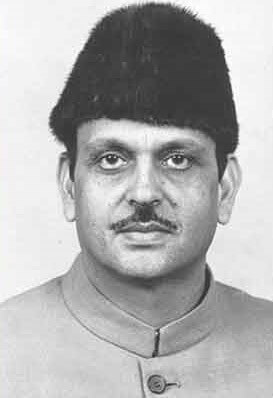
V.P. Singh joined the Indian National Congress in 1969. He was appointed the chief minister of Uttar Pradesh in 1980 by Indira Gandhi. He formed the Janata Dal party in 1988 by merging different groups of the Janata Party. In the 1989 general elections, the National Front with the support of the BJP formed the government and V.P Singh was elected as the prime minister. In his tenure, he introduced the Mandal Commission report for the backward castes of India. Although he has the support of BJP, his government fell on 10 November 1990 when BJP withdrew his support after the BJP leader Lal Krishna Advani was arrested in Bihar. 11) Chandra Shekhar: 10 November 1990 to 21 June 1991 (223 days)Chandra Shekhar served as the 9th prime minister of India. He was born on 01 July 1927 in Ballia district, Uttar Pradesh. His tenure was from 10 November 1990 to 21 June 1991. He is the first prime minister of India who never held a Government office. He joined the Indian National Congress in January 1965. He was the President of the Janata Party from 1977 to 1988. 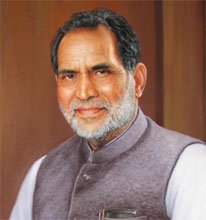
He started Young Indian, a weekly that was published in 1969 from Delhi. However, it was closed during the emergency and was resumed in February 1989. Besides this, he was also arrested during emergency under Maintenance of Internal Security Act. In 1983, he became the chief minister of Bihar with the support of Indira Gandhi. In 1985, he returned to Govt. of India as a Union Minister of Petroleum. 12) P.V. Narshima Rao: 21 June 1991 to 16 May 1996 (4 years 330 days)P.V. Narshima Rao served as the 10th prime minister of India. His tenure lasted from 21 June 1991 to 16 May 1996 and was the first South Indian PM. He was born on 28 June 1921 in Karimnagar and his full name is Pamulaparthi Venkata. Before becoming prime minister, he held some important positions. From example, he was Minister of Law and Information from 1962 to 1964. He was also Chief Minister of Andhra Pradesh from 1971 to 1973. 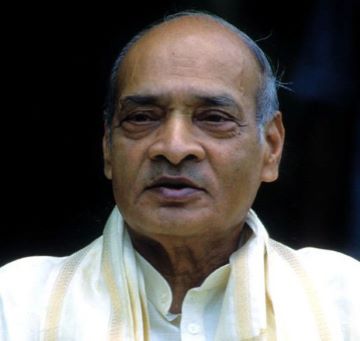
During his tenure, various incidents occurred that affected the national security of India. For example, the demolition of the Babri Mosque also happened during his tenure. He was also known as the 'Father of Indian Economic Reforms.' He chose Dr Manmohan Singh as his Finance Minister to achieve economic transition by integrating the Indian economy with the global economy. He was also praised by BJP leader LK Advani as one of the best prime ministers of India. Besides politics, he also had other interests such as music, theatre, cinema, writing, etc. He wrote many poems in Hindi and Telugu and also translated many famous books from one language to another language. He was a man of many languages he learned many languages such as Telugu, Urdu, Marathi, English, Sanskrit, Oriya, French, Spanish, German, Arabic, and Persian. He also authored a book 'The Insider' that was published after he retired from politics. 13) Atal Bihari VajpayeeAtal Bihari Vajpayee became the prime minister of India for the first time in 1996. He was born on 25 December 1924 in Gwalior. His first tenure was very short that lasted just for 16 days; from 16 May 1996 to 01 June 1996. He was the first non-congress politician who became the PM of India. 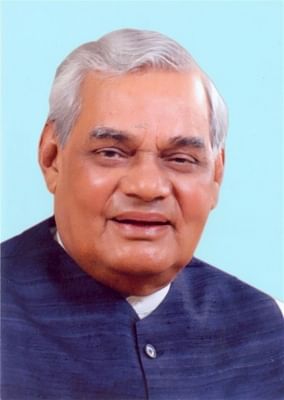
He was also a poet and writer. He has written many famous poems. Vajpayee joined the RSS as a volunteer in 1930 and also participated in the Quit India Movement in 1942 as a student leader. In 1947, he worked as a journalist for some newspapers. In 1951, he joined the Bharatiya Jana Sangh that later became the Bharatiya Janata Party. During the emergency in India in 1975, he had to go to jail for a few months. He along with L.K Advani and Bhairon Singh Shekhawat founded the Bharatiya Janata Party (BJP) in 1980 and became its first president. The BJP won only two seats in 1984 general elections. Later, due to the efforts of Vajpayee, the party was able to win 88 seats in the 1989 elections. In 1992, Atal Bihari Vajpayee was awarded the Padma Vibhushan. In 1994, he was named as the best Parliamentarian and in 2015, he was awarded the Bharat Ratna. Narendra Modi govt. declared his birthday (25 December) as the Good Governance Day. Furthermore, Vajpayee also led an underground nuclear test in Pokhran, Rajasthan on 11 May 1998. 14) H.D. Deve Gowda: 01 June 1996 to 21 April 1997 (324)H.D. Deve Gowda served as the 11th prime minister of India. His tenure was from 01 June 1996 to 21 April 1997. He was born on 18 May 1993 in Hassan District in Karnataka. His full name is Haradanahalli Doddegowda Deve Gowda. He remained a member of the Congress for 1953 to 1962. Later, he joined Janta Party and after the split of Janta party, as of now, he is the National President of the Janata Dal (Secular). Before becoming PM, he was the chief minister of Karnataka for two years from 1994 to 1996. 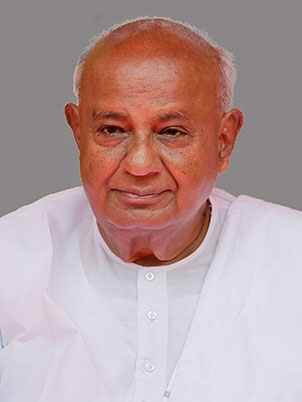
Like most of the other PM of India, Deve Gowda was also imprisoned during the emergency in India (1975 to 1977). In the 1996 general election, none of the parties won required number of seats to form the government. So, the United Front with the support of the Congress formed the government and Deve Gowda was chosen as the prime minister of India. 15) Inder Kumar Gujral: 21 April 1997 to 19 March 1998 (332 days)Inder Kumar Gujral served as the 12th the prime minister of India. His term as PM lasted from 21 April 1997 to 19 March 1998 (332 days). He was born on 04th December 1919 at Jhelum (now in Pakistan) and was from a family of freedom fighters. He also at the age of 11 took part in the freedom struggle in 1931 and was also jailed when he participated in Quit India Movement. 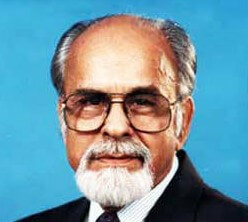
He joined Indian National Congress in 1954. In 1976, Gujral was also the Ambassador of India to the Soviet Union. During the 1980s, he left the congress and joined Janata Dal. In 1996, he held the position of Minister of External Affairs and introduced the 'Gujral doctrine' while working at this position. The Gujral doctrine, which includes five principles, was very important for shaping India's foreign policy. Despite the extreme international pressure, in October 1996, he refused to sign the Comprehensive Test Ban Treaty (CTBT). Besides politics, he had an interest in poetry and Urdu. 16) Atal Bihari VajpayeeAtal Bihari Vajpayee became the 13th prime minister of India in 1998. This tenure lasted from 19 March 1998 to 10 October 1999 (13 months). In this tenure, he tried to improve diplomatic relations with Pakistan and went to Lahore to meet Prime Minister Nawaz Sharif. Furthermore, after the 1999 Kargil War with Pakistan, to re-establish relation with Pakistan, he invited Pervez Musharraf for a meeting at Agra in Uttar Pradesh. 17) Atal Bihari Vajpayee: 10 October 1999 to 22 May 2004 (6 years 50 days)Atal Bihari Vajpayee again became the 14th PM of India for the third time after completing his second term. This is his third term as prime minister of India that lasted from 10 October 1999 to 22 May 2004 and he became the first non-congress PM of India that completed a full five-year term in office. 18) Dr Manmohan Singh: 22 May 2004 to 22 May 2009 (5 years)Dr Manmohan Singh served as the 15th prime minister of India. He remained prime minister for two consecutive terms. His first term lasted from 22 May 2004 to 22 May 2009. He was born on 26 September 1932 in Gah, Punjab (now in Pakistan). He was the first Sikh Prime Minister of India as well as the most qualified prime minister in the world. 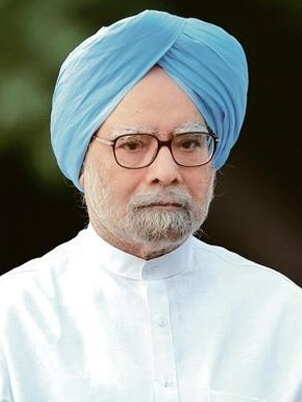
During his tenure as finance minister of India in 1991, his economic policy promoted the growth of the private industry, opened the Indian market that attracted foreign capital. He held many important positions before becoming prime minister. For example, in 1982, he became the Governor of RBI; from 1985 to 1987, he served as the Deputy Chairman of the Planning Commission. Besides this, he served as the Finance Minister during the govt. of PV Narasimha Rao. In 1987, he received the Padma Vibhushan award and was named as the Finance Minister of the Year by Euromoney and Asiamoney. In 2002, he was awarded the Outstanding Parliamentary Award. 19) Dr Manmohan Singh: 22 May 2009 to 26 May 2014 (5 years 4 days)After completing the first term, Dr Manmohan Singh was again elected as the 16th prime minister of India. His second term was from 22 May 2009 to 26 May 2014. 20) Narendra Modi: 26 May 2014 to till dateNarendra Modi is the 17th prime minister in India. He was elected as PM for two consecutive terms. His first term started from 26 May 2014 to 30 May 2019 and the second term stared from 30 May 2019 till date. He was born on 17 September 1950 in Vadnagar, Gujarat. In early childhood, he worked at his family tea stall and sell tea at railway platforms. He joined BJP in 1987. 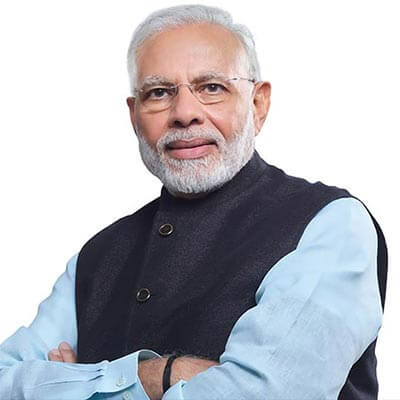
He is also the longest-serving chief minister of Gujarat from October 2002 to May 2014. He led 'Bharatiya Janata Party' and secured absolute majority in 2014 and 2019 Lok Sabha elections. Following the motto 'Sabka Saath, Sabka Vikas, Sabka Vishwas', he remained focused on developing a corruption-free government and growth of people of all sectors. He is also active on social media and tweets his messages. He has tens of millions of followers on Twitter, Facebook and Instagram. Modi was awarded the UN's Champion of the Earth' award for his contribution to environmental action. He also received the 2018 Seoul Peace Prize. In 2019, Modi was given the first Philip Kotler Presidential Award. In September 2014, Narendra Modi introduced the idea of Make in India campaign to make India an international manufacturing hub. Furthermore, he introduced a ban on higher denomination notes to end black money and corruption. Modi was also very active in taking steps and initiatives to motivate people to fight against 2019-20 coronavirus.
Next TopicLongest Bridge in India
|
 For Videos Join Our Youtube Channel: Join Now
For Videos Join Our Youtube Channel: Join Now
Feedback
- Send your Feedback to [email protected]
Help Others, Please Share










